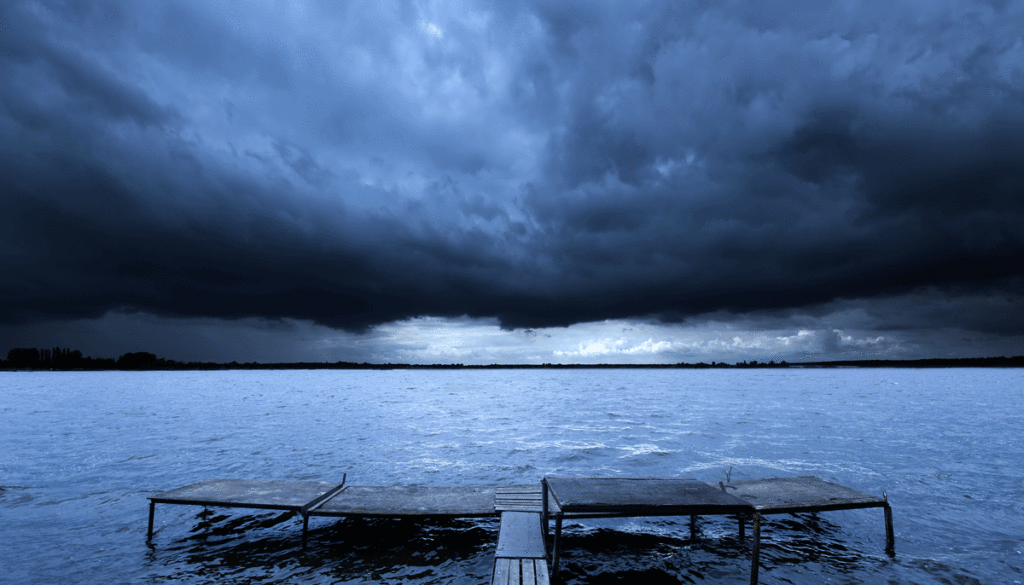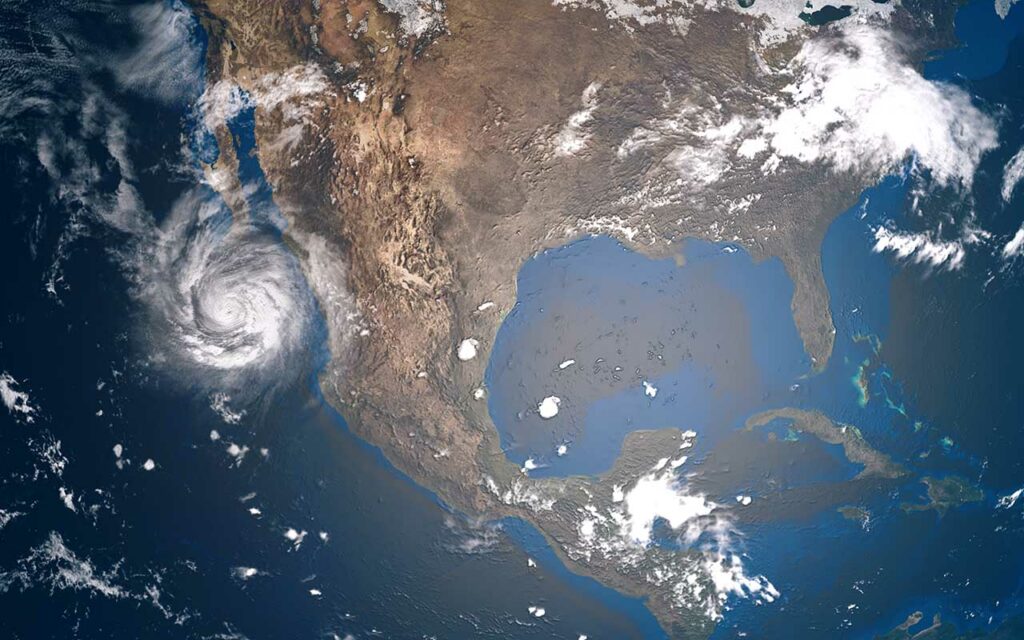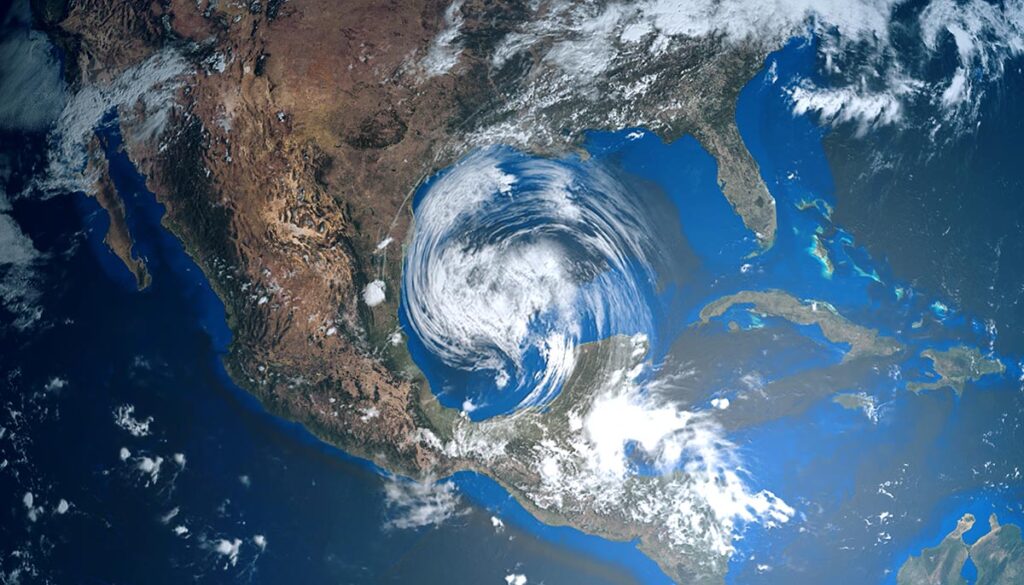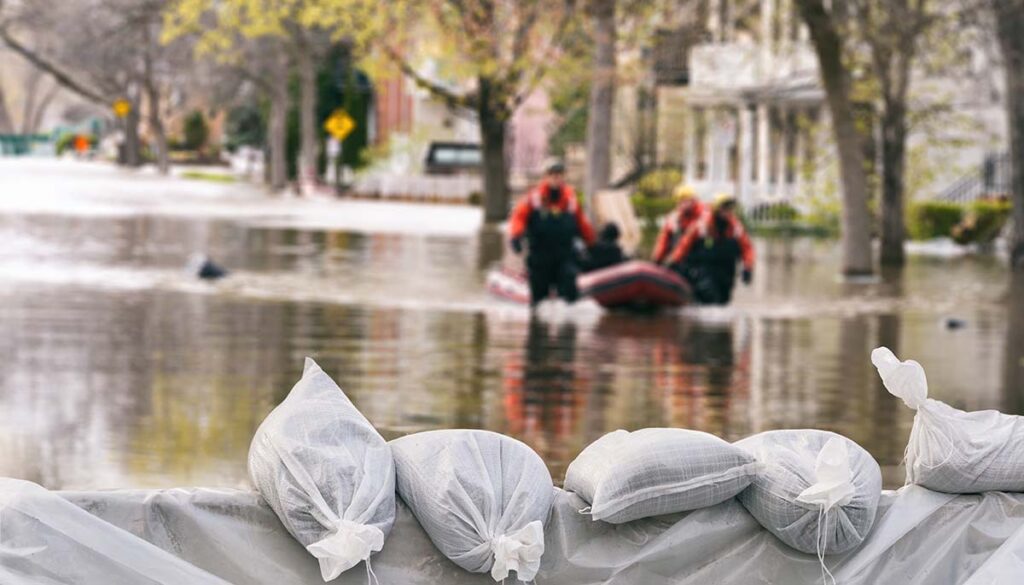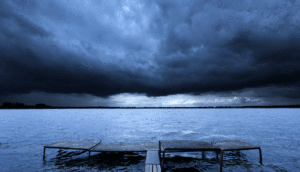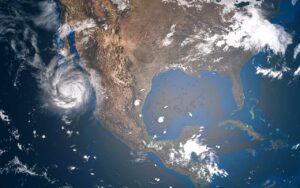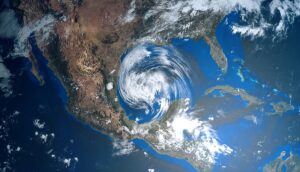The Beijing 2022 Winter Olympics marks the first time athletes will compete on virtually 100% artificial snow, how China created 1.2 million cubic meters of powder, and the future of winter sports amid climate change.
How Beijing created Winter Olympic conditions with 100% artificial snow
Though the 2022 Winter Olympics in Beijing are frigid – minus 15 degrees Celsius (5°F) – the bright whiteness of the Yanqing ski course northwest of Beijing lies in stark contrast to the brown and dry landscape of the surrounding Xiaohaituo Mountain. The course and all those of the 2022 Olympic Games in Beijing are void of the white powder made by mother nature. For the first time in the Winter Olympics history, athletes are competing on virtually 100% artificial snow.
However, relying on only natural snow hasn’t been an option in the sports of professional skiing and snowboarding for some time – perhaps the past 5-10 years – including at the Winter Olympic Games, NPR reported.
Many experts say that human-made snow will likely be the norm at all future Olympic Alpine events.
Creating snow
The Alpine slopes are located in Yanqing, while many other events are being held in Zhangjiakou. Both areas receive roughly 20 centimeters (7.8 inches) annually on average, although some years have recorded higher snow levels. But even in normal years, the levels of snowfall in both locations aren’t particularly suitable for snow sports.
To pull off this enormous feat, the Olympic organizers in Beijing used snowmaking machines. However, to create the necessary amount of snow for the Olympic Games, creation started back in November 2021.
Italy-based TechnoAlpin created the machines, and they are the only company providing the snowmaking systems for the Beijing 2022 Winter Olympics, a company spokesperson told CNN.
TechnoAlpin’s machines created 1.2 million cubic meters of powder (42.4 million cubic feet), using dozens of snow generators and hundreds of snowblowers, CNET reported.
Machines can create different types of snow
The machines allowed technicians to choose different types of snow to create what’s needed for each snow.
Mountain operation manager Wei Qinghua said: “The smaller the number, the lighter the snow.”
Wei said Cross-country skiing and biathlon require No. 3 snow. For the ski jumping competition, No. 5 snow, they say it can be adjusted perfectly for the 33.6-degree slope.
However, there is a caveat. New snow cannot be added during competitions. Wei said that is because newly made snow has a different quality from older snow. Therefore, snow upkeep occurs at night, where operators maintain and compact snow according to the schedule of competitions. The process usually takes five hours.
What the future holds
However, some speculate artificial snow could be the future of winter sports competitions. A recent study found that only one of the 21 cities that have hosted the Winter Olympics in the past fifty years will have a climate suitable for winter sports by the end of the century.
Danger with artificial snow?
One of the biggest questions is the safety of artificial snow, which requires large amounts of water to use chemicals. According to the American Chemical Society (ACS) report, this process’s health and environmental impact is still largely unknown and not well understood, according to The American Chemical Society (ACS) report.
The ACS reports that one product, called Snomax, contains proteins from bacteria. Certain fungicidal proteins within the bacteria reportedly retain their activity.
Another concern is how the melting of artificial snow will affect the water table, as it melts more slowly than natural snow. Fake snow can create ice layers on plants and damage them, potentially altering the local ecosystem’s biodiversity.

